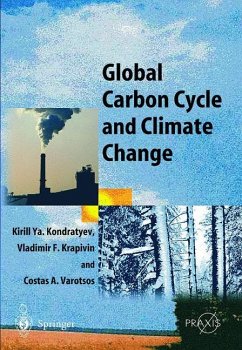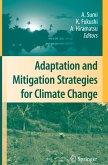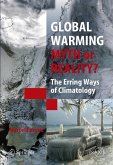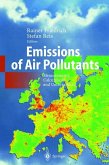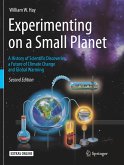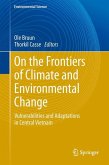The understanding of long- and short-term global climate change, and the possible anthropogenic contributions to such change, requires an analysis of both knowledge and observational data on present climate changes and the causes of these changes. Emission of greenhouse gases in the atmosphere, in particular carbon dioxide, is considered one of the principal causes of expected climate warming, with consequent negative effects for humankind. Global Carbon Cycle and Climate Change suggests a new approach to the problem of assessing the impact of anthropogenic processes. The authors assess the role of different types of soil and vegetation in the assimilation of carbon dioxide from the atmosphre, and discuss models of the atmosphere ocean gas exchange and its part in the carbon dioxide cycle, paying special attention to the role of the Arctic Basin. They also consider models of other global atmospheric constituents, and conclude by drawing together a range of scenarios on modelling the global carbon cycle.
Professor Kondratyev and his team consider the concept of global warming due to the greenhouse effect and put forward a new approach to the problem of assessing the impact of anthropogenic processes. Considering data on both sources and sinks for atmospheric carbon and various conceptual schemes of the global carbon dioxide cycle, they suggest a new approach to studies of the problem of the greenhouse effect. They assess the role of different types of soil and vegetation in the assimilation of carbon dioxide from the atmosphere, and discuss models of the atmosphere ocean gas exchange and its role in the carbon dioxide cycle, paying special attention to the role of the Arctic Basin. The authors also consider models of other global atmospheric cycles for a range of atmospheric constituents, and conclude by drawing together a range of scenarios on modelling the global carbon cycle.
Professor Kondratyev and his team consider the concept of global warming due to the greenhouse effect and put forward a new approach to the problem of assessing the impact of anthropogenic processes. Considering data on both sources and sinks for atmospheric carbon and various conceptual schemes of the global carbon dioxide cycle, they suggest a new approach to studies of the problem of the greenhouse effect. They assess the role of different types of soil and vegetation in the assimilation of carbon dioxide from the atmosphere, and discuss models of the atmosphere ocean gas exchange and its role in the carbon dioxide cycle, paying special attention to the role of the Arctic Basin. The authors also consider models of other global atmospheric cycles for a range of atmospheric constituents, and conclude by drawing together a range of scenarios on modelling the global carbon cycle.

